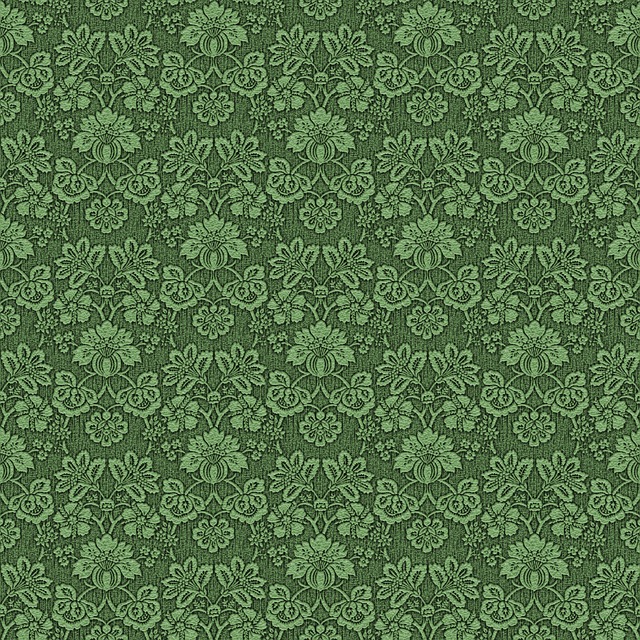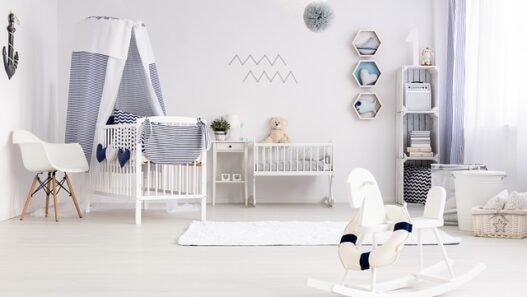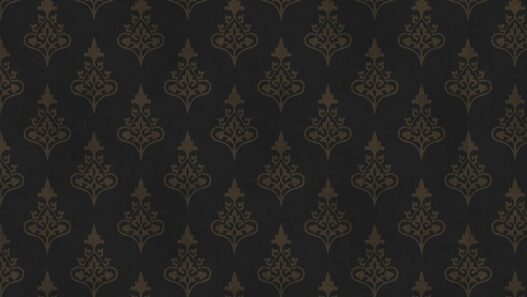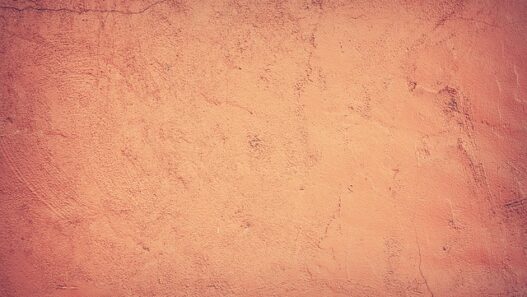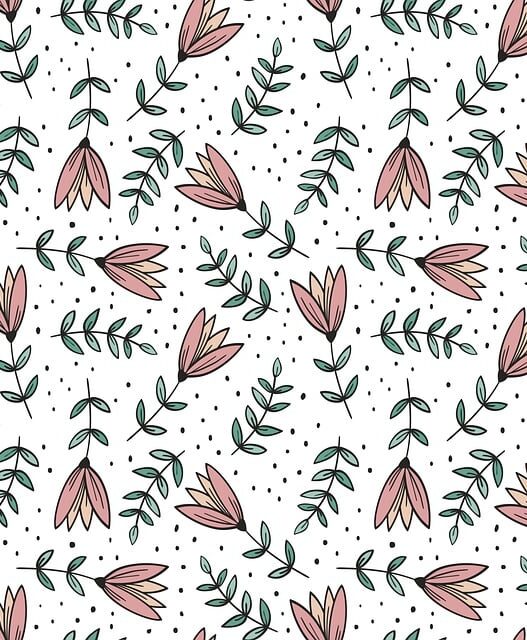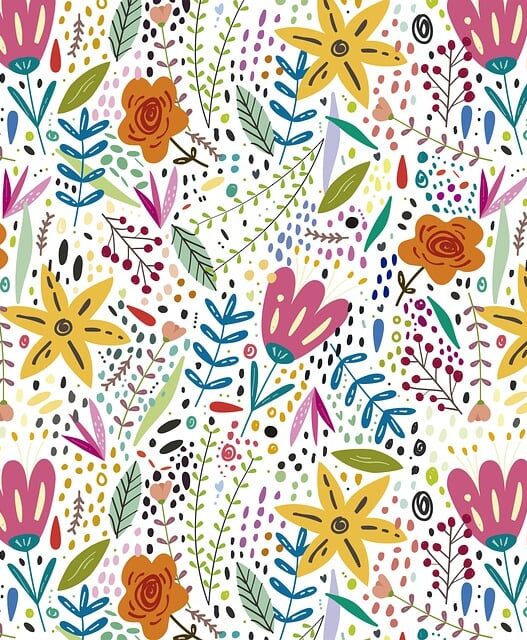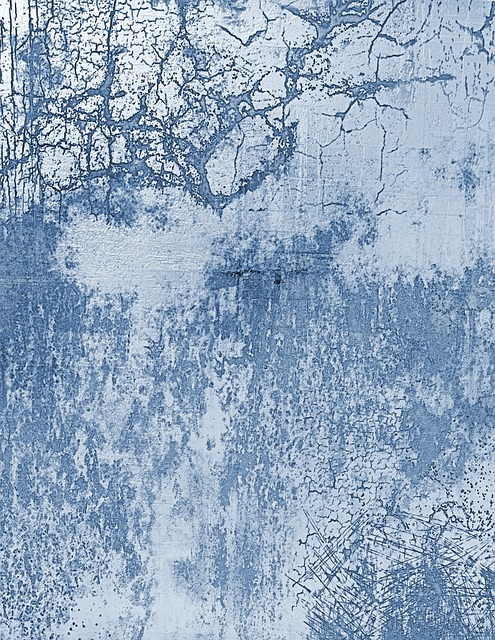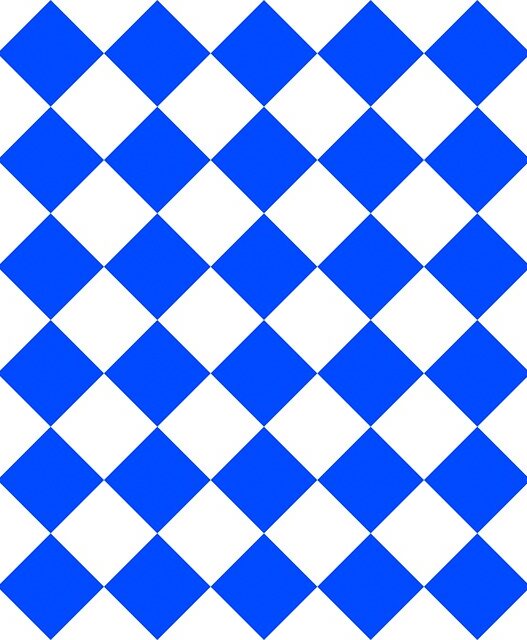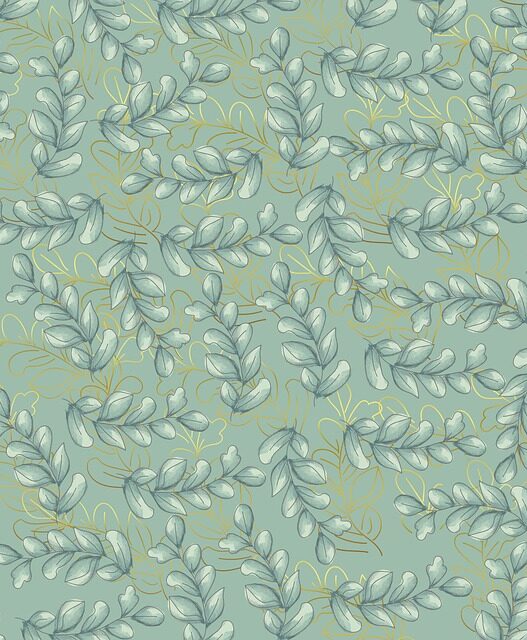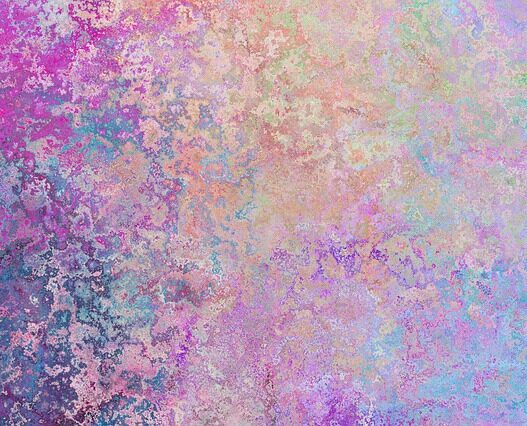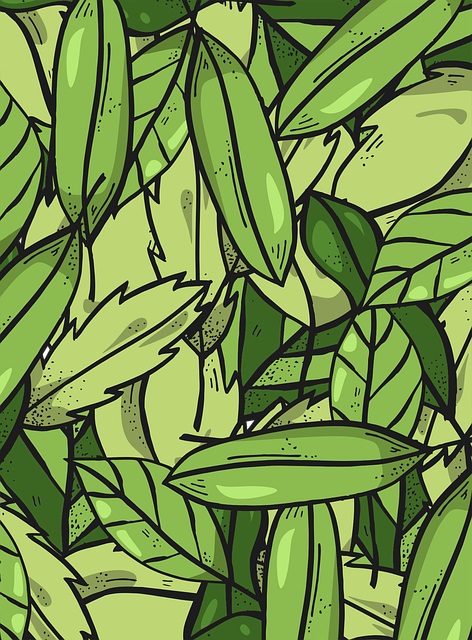Ah, the dreaded wallpaper bubble! You’ve meticulously hung your beautiful designer wallpaper, admired its flawless pattern, and then, seemingly out of nowhere, there it is – a puffy pocket of air staring back at you, threatening to ruin your perfectly crafted ambiance. It’s a common, albeit frustrating, hiccup in the wallpapering journey, but before you panic and call in the cavalry (or consider tearing it all down!), let me assure you: fixing wallpaper bubbles without professional help is entirely achievable. With a few simple tools and a bit of patience, you can banish those pesky air pockets and restore your walls to their pristine glory.Bubbles can appear for a few reasons. Sometimes, it’s just air trapped during the initial smoothing process. Other times, it might be due to uneven paste application (if you’re not using pre-pasted wallpaper), or even changes in humidity after the wallpaper has dried. Regardless of the cause, the good news is that most bubbles are fixable, and you don’t need a professional to do it.
The Anatomy of a Bubble Fix: Your DIY Toolkit
Before we dive into the “how-to,” let’s gather your essential tools. Think of these as your bubble-busting arsenal:
- A Sharp Utility Knife or Craft Knife: This is non-negotiable. A sharp blade is crucial for making precise, clean incisions. A dull blade will tear and make the problem worse.
- A Seam Roller or Wallpaper Smoother: You’ll need this to gently press out the air and re-adhere the wallpaper.
- A Syringe (Optional, but Recommended): A small medical syringe (without the needle, or a very fine gauge needle if you’re careful) is ideal for injecting extra adhesive. You can often find these at pharmacies or craft stores.
- Wallpaper Adhesive or PVA Glue (Diluted): If your bubble is due to a lack of paste, you’ll need a small amount of adhesive. For smaller bubbles or those that just need a little extra stick, a diluted PVA (wood) glue can work well.
- Clean Damp Sponge or Cloth: For wiping away any excess adhesive.
Bubble-Busting Techniques: Choose Your Weapon
The method you choose depends on the size and location of the bubble.
Method 1: The “Small Bubble, Just Needs a Nudge” Fix (For minor air pockets without paste issues)
If your bubble is small and feels like it just needs to be pressed out, this is your go-to.
- Step 1: Gentle Pressure. Using your wallpaper smoother or even the palm of your hand, gently but firmly press on the bubble, working from its outer edges towards the center, or towards the nearest seam. The goal is to push the trapped air out.
- Step 2: Roll it Out. Once you’ve pushed most of the air, use your seam roller to apply gentle, even pressure, rolling over the area repeatedly until the bubble disappears.
- Step 3: Wipe Away. If any paste squeezes out (unlikely with just air), wipe it away immediately with your damp sponge.
This method works best for freshly hung wallpaper where the paste is still wet and the bubble is purely air-related.
Method 2: The “Prick and Press” Fix (For slightly larger bubbles without major paste issues)
This method is perfect for medium-sized bubbles that don’t seem to want to disappear with just smoothing.
- Step 1: The Incision. Using your sharp utility knife, make a very small, discreet slit in the center of the bubble. If the bubble is long and narrow, make a slit along its length. For round bubbles, a small ‘X’ incision can also work, but keep it minimal. The key is to make the smallest cut possible.
- Step 2: Press Out the Air. Gently press on the bubble, working from the outside towards your incision, pushing the trapped air out through the cut.
- Step 3: Smooth it Down. Once the air is out, use your seam roller or smoothing tool to press the wallpaper flat. If you made an ‘X’ cut, gently overlap the edges and press them down. The elasticity of the wallpaper will often make the cut virtually invisible.
- Step 4: Wipe Away. Clean any excess paste (if any) with a damp sponge.
Method 3: The “Inject and Repair” Fix (For stubborn bubbles, dry spots, or large air pockets)
This is the ultimate solution for bubbles that feel hollow, or if you suspect a lack of adhesive is the culprit.
- Step 1: The Incision. Make a small, precise slit or ‘X’ incision in the center of the bubble using your sharp utility knife. Again, keep it as small and inconspicuous as possible.
- Step 2: Prepare Adhesive. If using wallpaper adhesive, ensure it’s a smooth consistency. If using PVA glue, dilute it slightly with water (about 1 part glue to 1 part water) so it flows easily through the syringe.
- Step 3: Inject the Adhesive. Fill your syringe with the prepared adhesive. Carefully insert the tip of the syringe into your incision. Gently inject a small amount of adhesive underneath the wallpaper, making sure to spread it evenly within the bubble area. Don’t overfill – a little goes a long way.
- Step 4: Smooth and Re-adhere. Immediately after injecting, gently press on the bubble, working from the outer edges towards the incision, spreading the adhesive and pushing out any remaining air and excess glue. Use your seam roller or smoothing tool to firmly press the wallpaper flat and re-adhere it to the wall.
- Step 5: Clean Up. This is crucial! Any excess adhesive that squeezes out through the incision or along the edges must be wiped away immediately with a clean, damp sponge. If left to dry, it can leave a shiny residue on your wallpaper patterns.
Important Considerations for Flawless Repairs
- Patience and Light Touch: Do not press too hard or rush the process. Gentleness and precision are key to avoiding damage to your wallpaper.
- Fresh Blades: I cannot stress this enough. A dull blade will tear your wallpaper, turning a small bubble into a bigger problem. Change your blade after every few bubbles or when you feel any resistance.
- Test in an Inconspicuous Area: If you’re unsure about injecting adhesive or making cuts, practice on a small scrap piece of wallpaper or in a hidden corner of the room.
- Consider the Wallpaper Type: Some washable wallpapers are more forgiving than delicate, non-woven types. Always be extra cautious with textured or very thin wallpapers.
- Allow to Dry: After fixing, allow the area to dry completely. Avoid touching it until it’s fully set.
Conquering wallpaper bubbles on your own is incredibly satisfying and saves you the expense of calling a professional. With these practical tips and your trusty tools, you can confidently tackle those imperfections and ensure your beautiful walls remain a source of pride, not frustration. Happy fixing!
